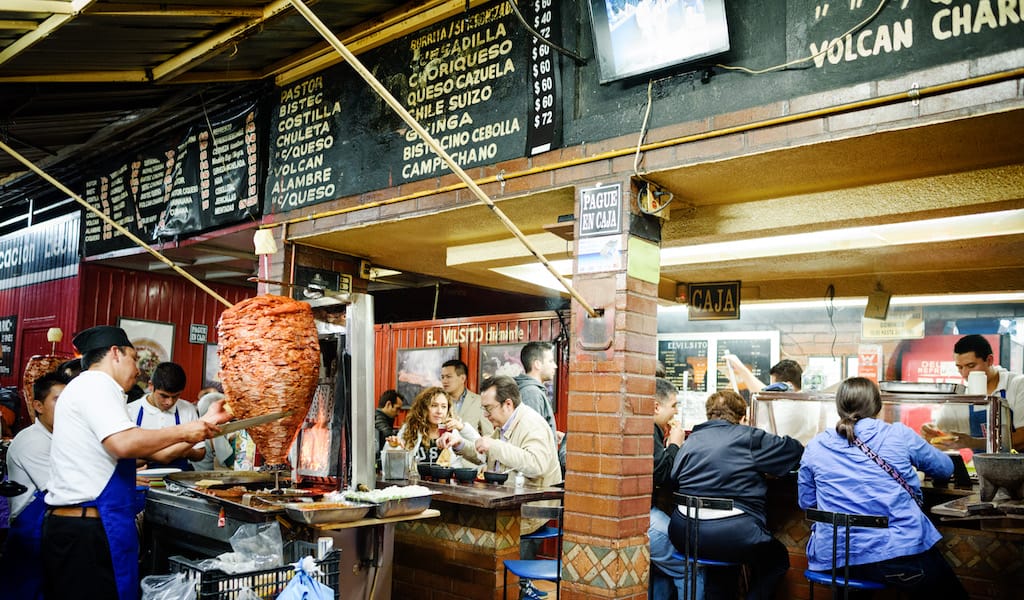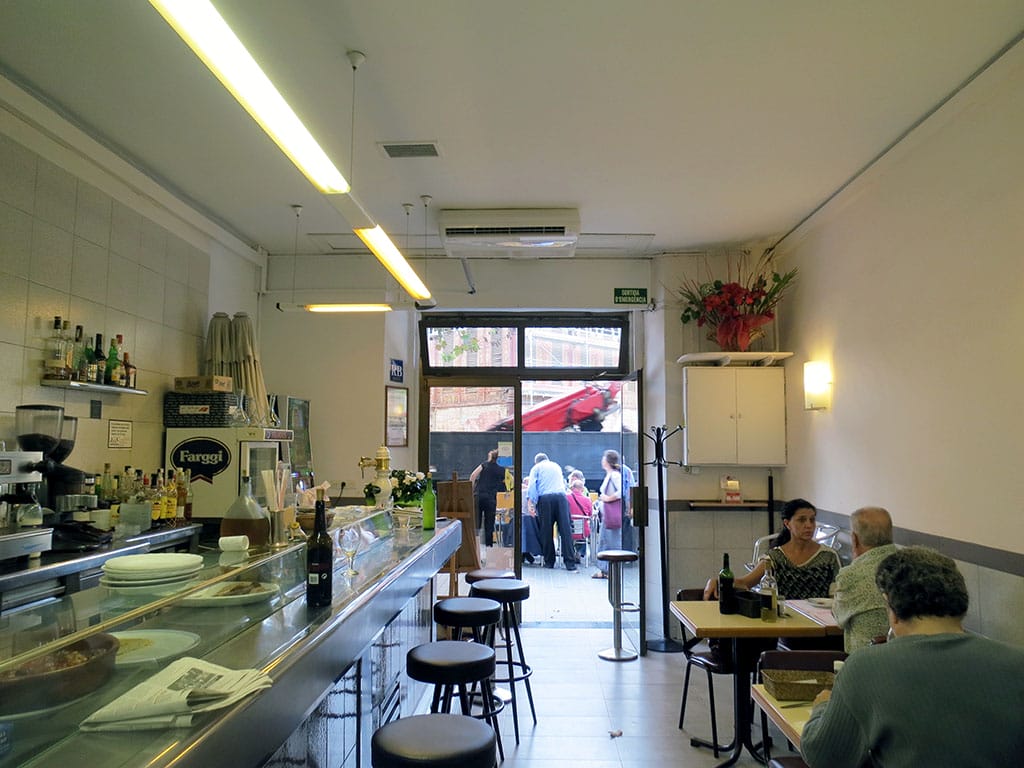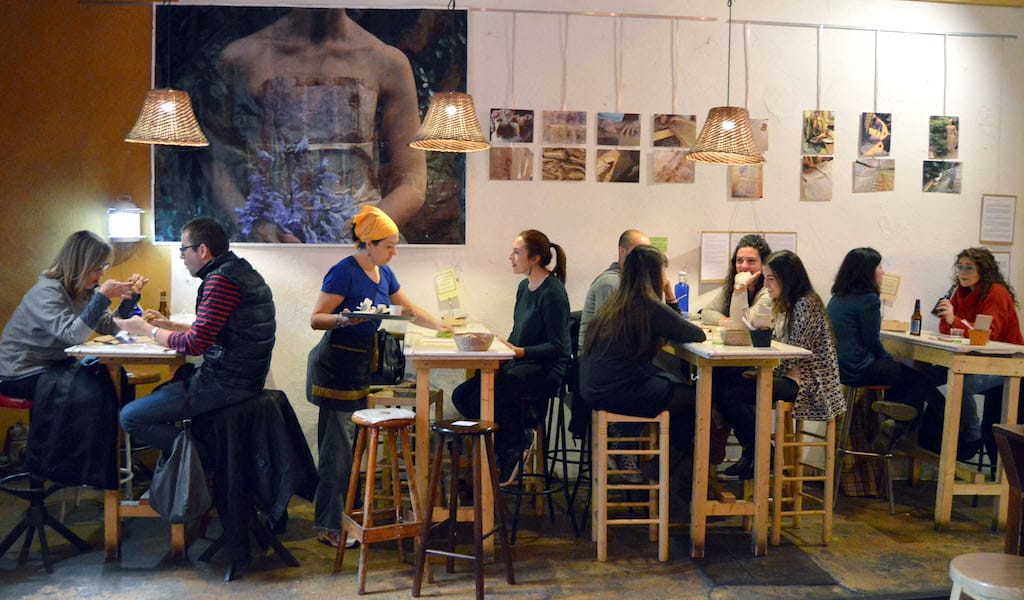As the calendar year turns over, we’ve grown accustomed to the barrage of lists telling us where to travel during the next 12 months. Often these places are a country or even a whole region – you could spend an entire year exploring just one of the locations listed and still barely make a dent.
We like to travel on a smaller scale. Forget countries and cities, for us the neighborhood is the ideal unit of exploration. Celebrating neighborhood life and businesses is, of course, essential to what we do as Culinary Backstreets. Since our founding in 2012, we’ve been dedicated to publishing the stories of unsung local culinary heroes and visiting them on our food walks, particularly in neighborhoods that are off the beaten path.
Plus, we recognize that tourism, while a justifiably important economic force in many cities, can devastate the urban ecosystem if not distributed responsibly into neighborhoods otherwise neglected by the travel industry. To help that process along, two years ago we launched an annual “Neighborhoods to Visit” guide, featuring areas off the main tourist trail from all the cities that we cover.
Yet as various other annual “must-visit” guides have made clear, following the same formula year after year can lead to selecting destinations solely for the purpose of a complete list. So we’re changing it up in 2020, focusing on a smaller selection of neighborhoods (as well as the people and places that keep them going) that truly deserve the extra attention. Below is a compilation of six less-visited areas that our correspondents are eager to explore this year:
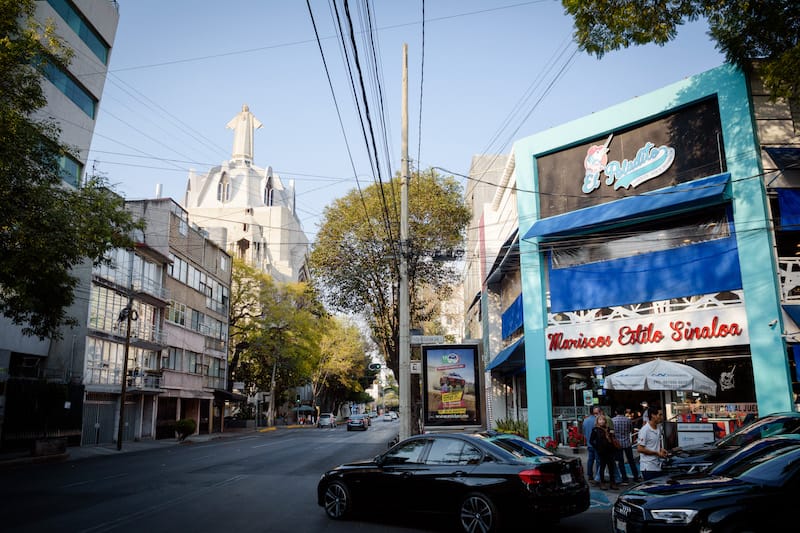
Mexico City: Narvarte and Del Valle
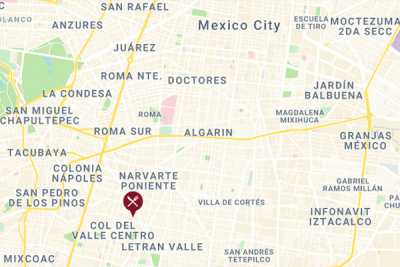 Just southwest of the heart of Mexico City are two neighboring barrios that keep us coming back for more – Colonias Narvarte and Del Valle. Both have maintained their residential vibe and urban working spirit despite the popularity of their hip northern neighbors, Roma and Condesa. And both followed similar development patterns: Formerly rural areas – haciendas and small towns – these neighborhoods were in full urban swing by the 1950s and 60s.
Just southwest of the heart of Mexico City are two neighboring barrios that keep us coming back for more – Colonias Narvarte and Del Valle. Both have maintained their residential vibe and urban working spirit despite the popularity of their hip northern neighbors, Roma and Condesa. And both followed similar development patterns: Formerly rural areas – haciendas and small towns – these neighborhoods were in full urban swing by the 1950s and 60s.
So instead of Roma’s Art Deco architecture or the Centro Historico’s Colonial mansions, there are some quirky (and often stunning) apartment buildings in the Streamline Moderne style, inspired by aerodynamic design; Colonial Californiano single-family residences, inspired by the Spanish Colonial Revival structures that populate southern California; and grandiose Catholic cathedrals built with a modern artistic vision.
As we walk the streets of these solidly middle-class neighborhoods (the Montessori schools and hipster barber shops give it away), it’s easy to get a feel for the lives of ordinary city residents, as office workers head off to work and quieter streets reveal quesadillas steaming over comals and neighbors walking their dogs. Yet Narvarte and Del Valle have recently experienced a blossoming of new businesses and renewed vibrancy, the result of many young Mexican entrepreneurs looking for opportunities away from the expensive rents of Mexico City’s most central areas.
Great coffee shops and bakeries always seem to be the harbingers of an up-and-coming neighborhood, and Narvarte and Del Valle are no exception – AlmaNegra, Mandrake, Telser, Black Rabbit, Pan Nube and Costra are all supplying caffeine and carbohydrates to gleeful locals and visitors alike. That said, neither ‘hood has turned their back on their roots. Tizne Tacomotora serves amazing tacos, heavy on smoke and smokiness (think brisket and smoked pork belly), while Vilsito, Narvarte’s famous mechanic-shop-cum-taco-stand still outshines many of the city’s other taco al pastor joints. Las Tlayudas cooks up traditional Oaxacan fare, and Fonda Margarita, quite possibly the area’s most famous breakfast joint, continues to delight palates with thick guisados and cinnamon-y cafe de olla. Both neighborhoods have small, local food markets, bustling each morning with so many delicacies it would be impossible to pick favorites – just go and eat your way down the aisles.
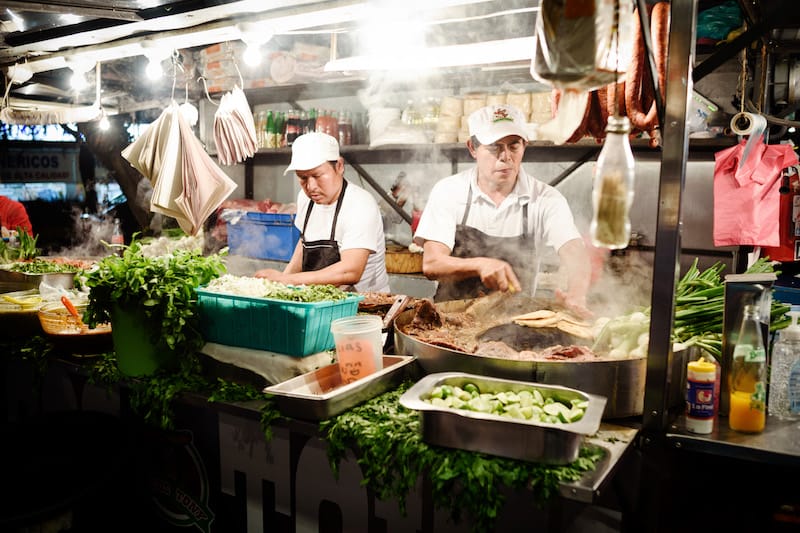
Even though several large, busy avenues cut through these two neighborhoods, there are pockets of small streets for ambling and mom-and-pop shops that have survived the sudden attention on this part of the city. A massive Jesus towers over the Corazon de Maria church where famous Mexican singer Luis Miguel was baptized, and the Templo de la Medalla Milagrosa – a little further out of the way but worth a visit – is a supreme example of the architecture of Felix Candela (he also designed the Templo de Santa Monica in Del Valle).
The tower of the Secretariat of Communication and Transportation in Narvarte, whose façade was created by artist Juan O’Gorman, is another iconic piece of 1950s architecture, and the two big neighborhood parks draw basketball players and dog walkers. Las Americas Park in Narvarte has an outdoor theater and is surrounded by tiny cafés and taco spots, while Parque Tlacoquemécatl “el Tlaco” in Del Valle is not only lovely for an outdoor lunch (there are tables and chairs set up under the trees) but is also home to a tiny chapel, Nuestro Señor del Buen Despacho, and a Sunday organic market.
If museums and high-end restaurants are your aim, or if constant nightlife and upscale boutiques are what you need to have a good time, these two neighborhoods might not be what you’re looking for. But if you want a taste of the city’s local side, look south to Colonias Narvarte and Del Valle – that’s where you’ll find us this year. – Lydia Carey
 November 4, 2015 Can Vilaró
November 4, 2015 Can Vilaró
With all the talk about the benefits of quinoa, chia seeds, goji berries and similar […] Posted in Barcelona January 28, 2014 Ask CB
January 28, 2014 Ask CB
Dear Culinary Backstreets,
We are traveling with a group of friends to Barcelona. A few […] Posted in Barcelona May 4, 2016 Casa Cavé
May 4, 2016 Casa Cavé
The popular saying that Rio is known more for its bar culture than for its café culture […] Posted in Rio
Published on January 14, 2020
Related stories
November 4, 2015
BarcelonaWith all the talk about the benefits of quinoa, chia seeds, goji berries and similar superfoods, we can’t help but be a little taken aback when Dolors, one of the owners of the restaurant Can Vilaró, explains the benefits of eating cap i pota, a traditional Catalan stew made with calf’s head and leg and…
January 28, 2014
BarcelonaDear Culinary Backstreets, We are traveling with a group of friends to Barcelona. A few of us are vegetarians, and we all love good food. I know Barcelona is a meat – and particularly pork – lover’s paradise, but can you recommend any vegetarian-friendly restaurants? Is it possible to enjoy tapas and Spanish cuisine without…
May 4, 2016
RioThe popular saying that Rio is known more for its bar culture than for its café culture has serious counter-evidence in the old city. Beginning in 1808, when Portuguese emperor Dom João fled Napoleon and relocated his imperial court to Rio, European architects, businessmen and intellectuals followed him and attempted to show that their society…







































